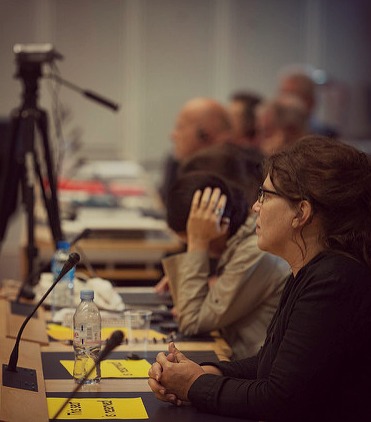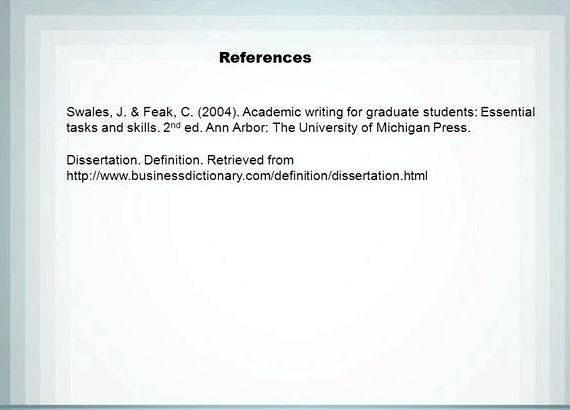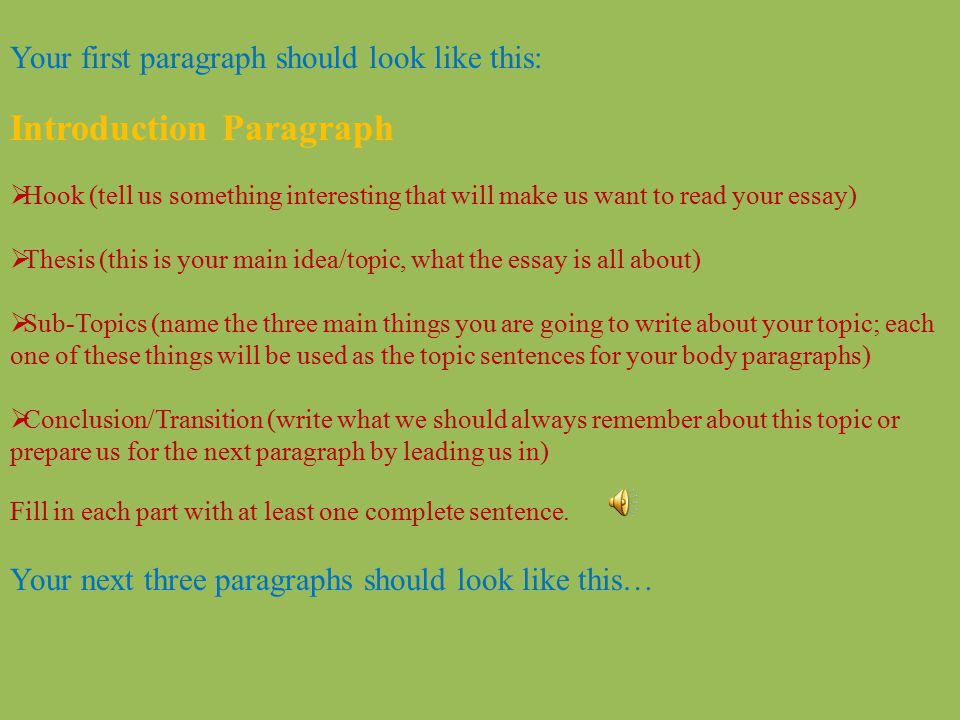Bouncy Egg Experiment - I Can Teach My Child!
Bouncy Eggs Experiment: Background Information; Thought Processes; Results; References; Background Information. What the experiment is all about. When boiled eggs soak in vinegar, the shell dissolves, leaving a thick, rubbery egg membrane behind. This is because the acetic acid in vinegar will react with the calcium carbonate egg shell to form carbon dioxide and a water-soluble compound.
The setup for the egg osmosis experiment is quite similar to that of the bouncy egg experiment. The main aim is to remove the egg shell without removing the outer membrane that covers the egg. Because the egg membrane is permeable to water (much more than the hard shell), then liquid materials can move in and out of the egg, it all depends on the concentration of the environment. Using the egg.

Bouncing egg that is in the shell. Material: - in-shell egg, - vinegar, - cup. Instruction: Soak the egg in vinegar for about 24 hours in the refrigerator. At the end of day, you can bounce an egg. Animated Instructions: Explanation: Eggshell contains salts - carbonates, which are responsible for the hardness of the shell. In the reaction with vinegar emits carbon dioxide (hence the bubbles in.

My research paper is about Bouncing Eggs. An egg is hard, but if the egg drops it will break. A bouncing egg will bounce, and not break. The egg has certain minerals in the eggshell to make it hard. The vinegar removes these minerals, and the shell becomes soft, allowing the egg to bounce without breaking the shell. The eggshell is made from calcium carbonate. When the egg is subjected to.

Bouncy Egg Experiment: Did you know that you could make an egg bounce? Try the Bouncy Egg science experiment and see how it works! Lately we have been exploring Dinosaurs and my kids have been fascinated by the fact that such huge creatures came from eggs. While we were having a discussion about what makes up an egg, Meatball decided to run.

Materials Bouncing egg Abstract When the egg is put in vinegar, the calcium carbonate of the shell reacts chemically with the vinegar's acid. This reaction is named oxidation. In every chemical reaction, the initial substances disappear and they transform into new substances.
The final stage should see you with a bulbous, bouncy, colourful - and let's not forget, completely raw - egg. You can shine a light through it with a torch and get a marbled effect or you can.

Let the egg soak overnight. Make some observations! You should notice a lot of foam and bubbles. When it seems to have slowed, move on to the next step. Rinse the vinegar and foam out with water and then cover the egg again with vinegar. Wait for 6 days. That’s a long time but do it; you don’t want a half pickled egg in your hands.

Bouncy Eggs Experiment: Background Information; Thought Processes; Results; References; Thought Processes. I went through many thought processes before making the decision to carry out this experiment. After getting the idea to soak eggs in vinegar to test the thickness, I had to carry out research to refine the experiment. I thought of using raw eggs at first, to investigate if the different.

The conclusion for many concerning the bouncy egg experiment is. that vinegar does cause the egg to bounce. After soaking a raw egg. in its shell in vinegar for a few days, the shell dissolves leaving.

Use the display board to create an interesting presentation about the rubber egg science project. Include research, photographs, charts, data and conclusions. Eggs that will be displayed at the science fair should be kept refrigerated until the fair date. One way to keep them cool at the fair is to display them in a bowl of crushed ice. About the Author. Rose Guastella is a professional artist.

The egg looks translucent because the shell is gone! The only thing that remains is a delicate membrane of the egg surrounding the white and the yolk. You’ve successfully made an egg without a shell. Okay, you didn’t really make the egg (the chicken made the egg), you just stripped away the chemical that gives the shell its strength.

DESCRIPTION: A chicken’s egg is enclosed by a shell that has a high calcium content. If a raw egg (shell still intact) is placed in a glass of vinegar, a reaction (RXN) takes place. The acetic acid in the vinegar will dissolve the eggshell. The reaction will begin immediately when the egg is placed in the vinegar but will not be complete for two or three days. After two or three days, the.



